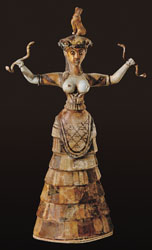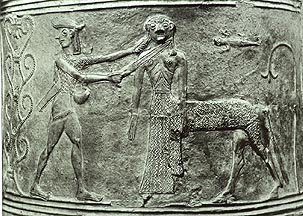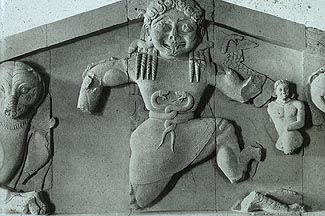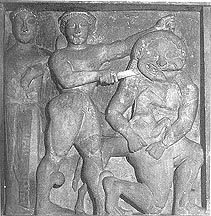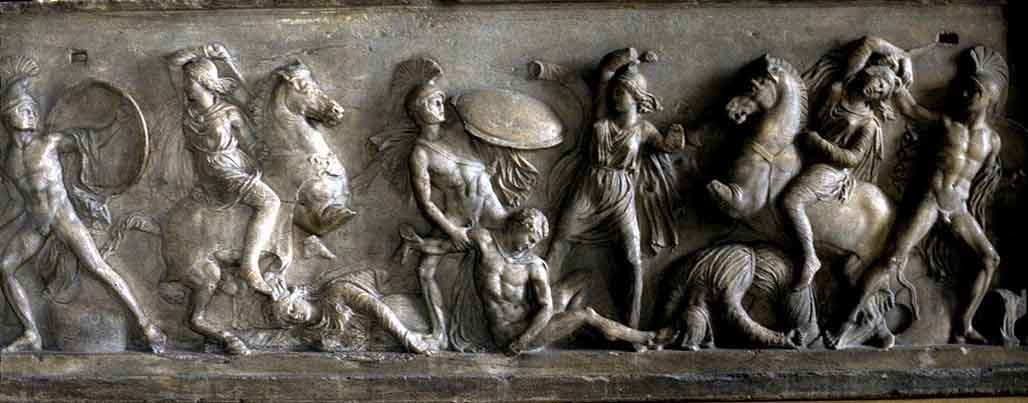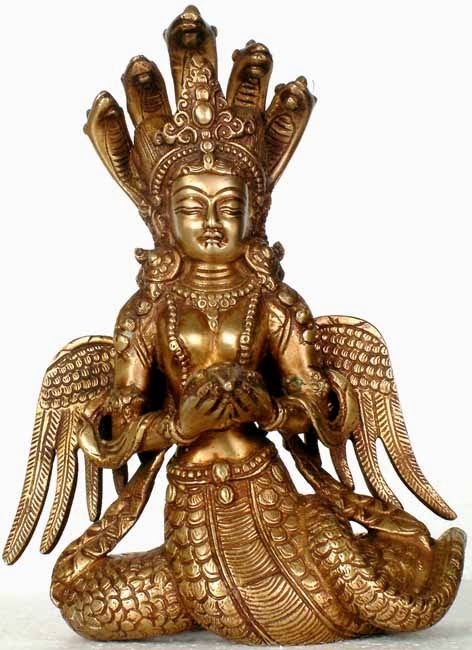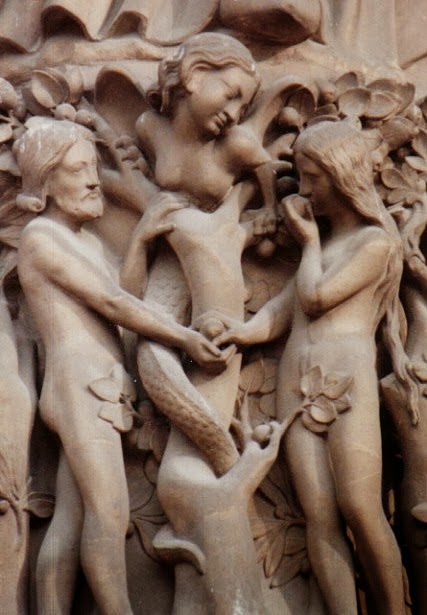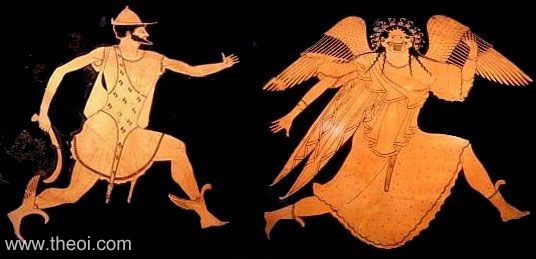You will begin to see that these images all hint to a prehistory time where a different story is being told, if you can follow the clues.
http://kwekudee-tripdownmemorylane.blog ... er_19.html
Dona Fish. Ovimbundu peoples, Angola. Circa 1950s-1960s Wood, pigment, metal, mixed media. Private Collection. Photo by Don Cole.
(This sculpture comes from Angola where, as in Zambia, Mami Wata is known generally as Dona Fish (“Fish Woman” or “Madam Fish”). This version of Mami Wata is closely related to the water spirit Mamba Muntu of Central Africa. Carved by an Ovimbundu artist, this work was kept in a house as “decoration,” but it evoked fear and accusations of “witchcraft” from locals who saw it.)
She may also take the form of a snake charmer, sometimes in combination with her mermaid attributes and sometimes separate from them. And as if this formidable water spirit were not complicated enough in her “singular” manifestation, the existence of mami watas and papi watas must also be acknowledged.
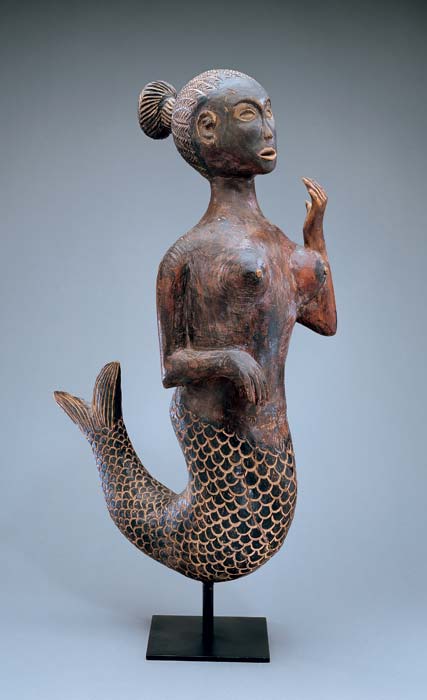
Mami Wata shrine figure Annang Ibibio peoples, southeastern Nigeria 1950s–1960s. Wood, pigment, metal, mixed media; 87.6cm (34½") Michael C. Carlos Museum, Emory University 1994.3.9; L2007.63.1
Snakes, ancient and indigenous symbols of African water spirits, frequently accompany Mami Wata, who is often represented as a snake charmer. The partial depiction of Mami Wata’s lower torso often provokes viewers to comment that she is “hiding her secret,” that is, her fish tail. This sculpture, covered in white, riverine clay, was probably the centerpiece of an elaborate Mami Wata altar used by Annang Ibibio peoples.




